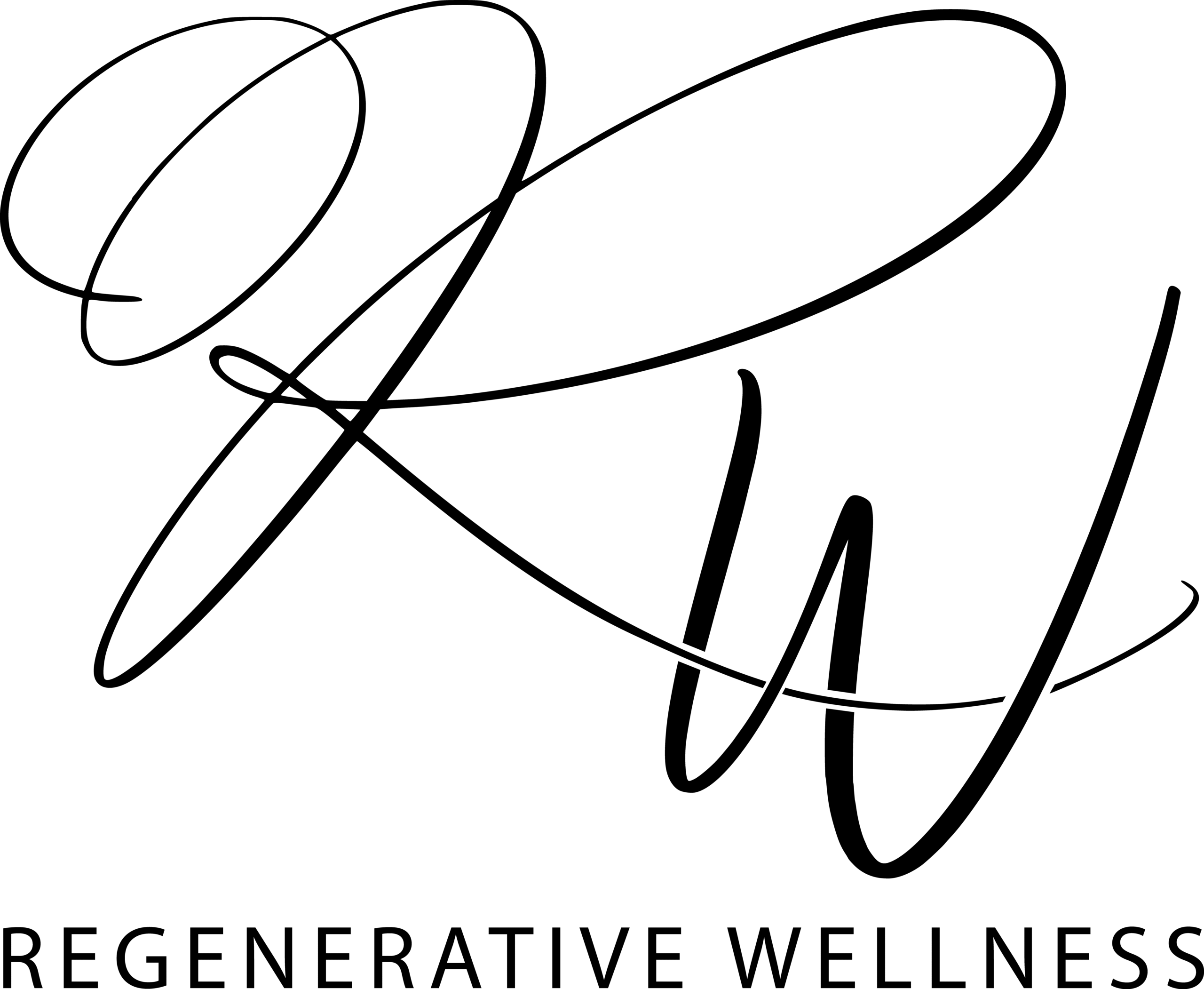Neem Oil
What Is It?
Neem oil is a potent plant oil extracted from the seeds of the Azadirachta indica tree, native to India. It is widely used in skincare, haircare, and natural pest control due to its antibacterial, antifungal, and insect-repelling properties. Neem oil contains high levels of fatty acids, antioxidants, and bioactive compounds like azadirachtin, making it a powerful ingredient in natural recipes.
INCI (International Nomenclature of Cosmetic Ingredients)
Azadirachta Indica Seed Oil
Proper Storage & Shelf Life
Storage: Store in a cool, dark place in an airtight container, away from heat and sunlight. Refrigeration can extend shelf life.
Shelf Life: 12–24 months if stored properly.
Refined Or Unrefined
Unrefined (Cold-Pressed): Dark brown with a strong, pungent odour, retains maximum bioactive compounds.
Refined: Lighter in colour and milder in scent but loses some beneficial properties.
Is It Necessary?
Not essential, but highly beneficial for natural skincare, haircare, and eco-friendly pest control due to its antimicrobial, anti-inflammatory, and insect-repelling properties.
Texture & Consistency
Thick, viscous oil. Can solidify at cooler temperatures (below 20°C)
Natural Scent Profile
Solidifies below 20°C (liquefy by placing in warm water)
Solubility & Compatibility
Insoluble in water
Soluble in oils and oil-based recipes
Works well in oil-based skincare, haircare, and insect-repelling recipes.
Benefits in Your Skincare
Powerful antibacterial & antifungal properties: helps treat acne, eczema, and dandruff
Insect repellent: naturally repels mosquitoes, lice, and pests
Soothes irritated & inflamed skin – ideal for sensitive or problem-prone skin
Deeply nourishing for hair & scalp: promotes hair growth and reduces dandruff
Supports wound healing & reduces scars
PH
Typically has a pH of around 6.0 – 6.5, which is mildly acidic, making it suitable for most skin types.
Absorbency Rate
A moderate absorbency rate. It is slightly thicker and more viscous compared to lighter oils, so it may take a bit longer to absorb into the skin. However, it doesn’t leave a greasy residue and is easily absorbed when massaged in.
Recommended Usage Rate
Skincare (Acne, Eczema, Psoriasis): 1%–5%
Haircare (Dandruff & Scalp Health): 2%–10%
Natural Insect Repellent: 5%–10%
Garden & Pest Control Sprays: 1%–5% mixed with water and emulsifier
Appearance
Unrefined: Dark brown to greenish oil
Refined: Pale yellow
Strengths
✅ Highly effective antibacterial & antifungal oil
✅ Natural alternative to chemical insect repellents
✅ Deeply moisturising & soothing for skin and scalp
✅ Eco-friendly & biodegradable
Weaknesses
❌ Strong, pungent odour (may need blending with essential oils)
❌ Thick consistency, may need dilution with lighter oils
❌ Solidifies in cooler temperatures
Alternative Ingredients/ Substitutions
Tea Tree Oil: Similar antibacterial & antifungal benefits, milder scent
Tamanu Oil: Known for wound healing and scar reduction
Jojoba Oil: A gentler alternative for sensitive skin
Coconut Oil: Lighter and less odourless, but lacks neem’s bioactives.
Best Practices
Dilute before use – always mix with a carrier oil (e.g., coconut, jojoba, or almond oil).
Blend with essential oils (e.g., lavender or peppermint) to mask neem’s strong odour.
Heat gently (if solidified) by placing the container in warm water.
Perform a patch test before applying to sensitive skin.
Tips & Tricks
For acne treatment: Mix 1–2 drops with a carrier oil and apply to blemishes.
For scalp health: Add a few drops to shampoo or mix with coconut oil for a deep conditioning treatment.
For insect repellent: Mix with water and an emulsifier for a natural bug spray.
For plant pest control: Mix 1 teaspoon neem oil with water and a few drops of liquid soap as an organic pesticide.
Recommended Starter Amount
50ml–100ml
